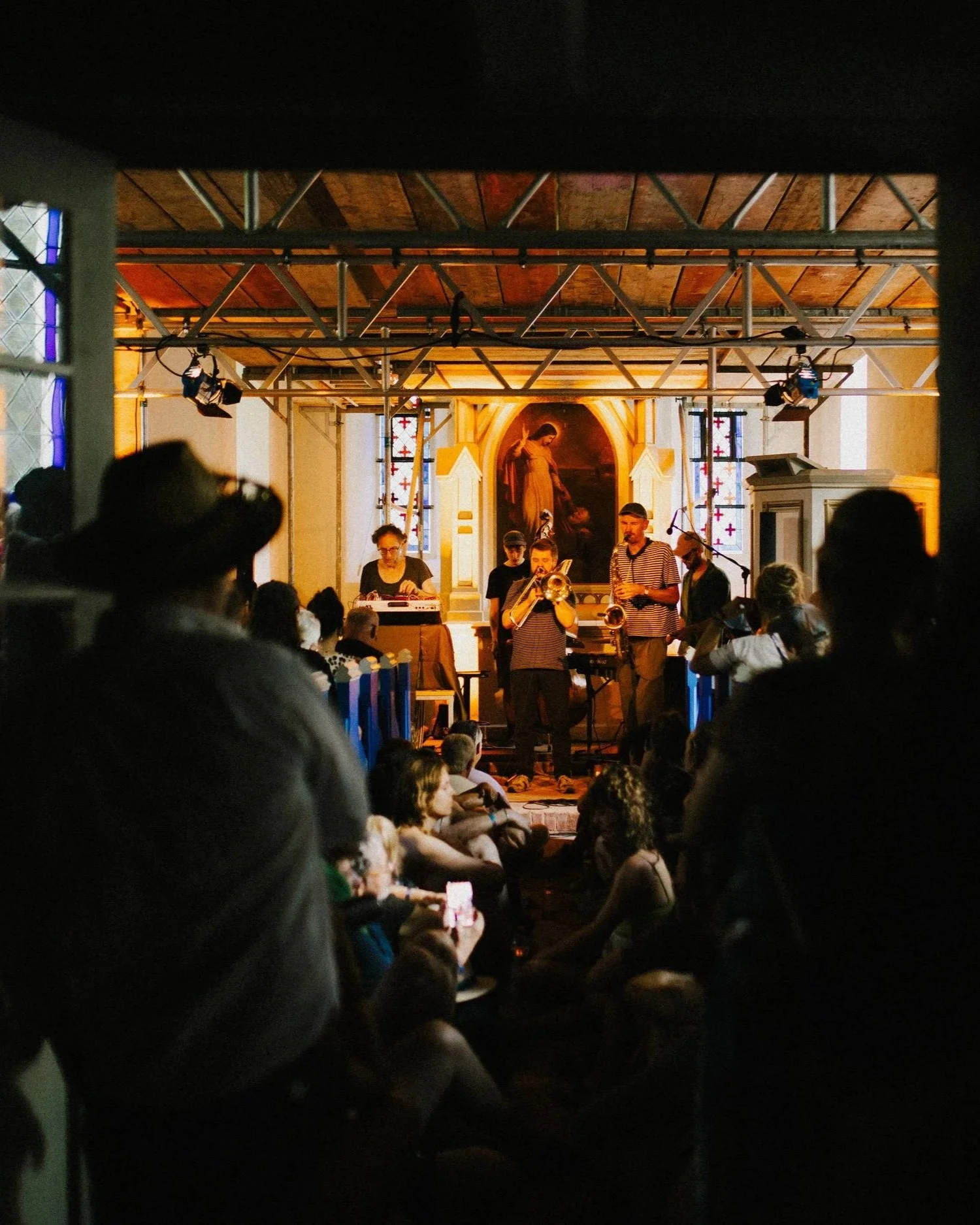When Rejection Becomes Revolution: Columna Rota Transforms Mexico City's Forgotten Museum
A monumental exhibition turns personal wounds into collective resistance at the Museo de la Ciudad de México
This November, Mexico City's Museo de la Ciudad becomes the site of an extraordinary act of cultural reclamation. Columna Rota/Broken Column, an exhibition featuring over 125 contributors, doesn't just occupy the museum's historic halls—it resurrects them from years of institutional neglect, transforming rejection itself into a structuring principle for understanding art, history, and survival.
Conceived by Francisco Berzunza alongside Diego Aramburu, Maria Inés Parra, Gabriella Nugent, Jaime Ruiz, Francesca Manfredini, Jimena Bernot, Otro Bureau, and a constellation of collaborators, the exhibition abandons the traditional model of singular curatorial authority. Instead, it operates as a chorus—artists, writers, performers, and archival materials converging in what feels less like an exhibition and more like a collective manifesto.
The Architecture of Rejection
The title references Frida Kahlo's 1944 Boceto preparatorio para la columna rota [Preparatory Sketch for The Broken Column], in which the artist depicts her deteriorating spine as a fractured Ionic column. It's a visceral metaphor that curator Francisco Berzunza extends beyond the personal into the political: What happens when the structures that hold us—bodies, institutions, societies—begin to crack?
Berzunza's curatorial statement is refreshingly candid. "I am what some might call a loser," he writes, acknowledging how rejection has shaped his trajectory as an exhibition-maker, his romantic life, his very sense of self. But rather than wallowing in defeat, Columna Rota weaponizes that vulnerability, gathering artists and friends who've also experienced the soul-shattering force of being dismissed, overlooked, or actively excluded.
A Museum Reborn
The venue itself mirrors this narrative of rejection and reclamation. The Museo de la Ciudad de México, housed in the eighteenth-century palace of the Count of Santiago de Calimaya, was once a vital node in Mexico City's cultural landscape. In recent years, however, bureaucratic erosion and cultural neglect left it abandoned, its programming gutted, its galleries empty. Columna Rota arrives not just as content for those spaces but as their reanimation—an exhibition that doubles as an act of institutional resurrection.
Monumental Interventions
The show's scale matches its ambition. Alfredo Jaar's A Logo for America—a landmark of Latin American conceptual art that provocatively reclaims the term "America" from U.S. monopoly—will blaze from a monumental LED screen mounted above an Aztec monolith, creating a dialogue between colonial legacy and contemporary critique.
Mexico's experimental theatre powerhouse Lagartijas Tiradas al Sol will activate the building weekly with performances that extend the exhibition beyond static display into lived, durational experience. Meanwhile, Ramón Saturnino's new intervention transforms the museum's galleries into fields of barriers, drawing on the visual language of institutional censorship—a work originally planned for the courtyards but relocated indoors in a move that amplifies questions about visibility, access, and control.
Friendship as Methodology
What makes Columna Rota radical isn't just its subject matter but its process. This is an exhibition animated as much by friendship as by rejection, structured not as a closed statement but as an unfolding script. A companion publication—incorporating new writing by Chloe Aridjis, Ruben Gallo, María Minera, Michael Synder, Mauricio Tenorio, and others—functions as literary backbone, recalling the collective traditions of radio drama and communal storytelling.
"Every single one of my friends is part of this project," Berzunza warns in his statement. It's a declaration that reframes artistic production not as solitary genius but as networked solidarity—a model where being overlooked by institutions becomes the very condition for building alternative structures of support and visibility.
The Final Episode
Columna Rota completes a trilogy that began with You to Me, Me to You (2023) and From Dreams You Wake Up (2024)—exhibitions that prioritize feeling over scholarship, emotion over exhaustive analysis. This isn't academic distance; it's intimate proximity. The show acknowledges what's often left unsaid in discussions of artistic careers: that rejection isn't just professional disappointment but existential wound, that being ignored doesn't just close doors but fractures the very column holding you upright.
And yet, from those fractures, something else emerges. Columna Rota positions Mexico City at the center of a global conversation about what experimental, politically engaged art can do when it stops asking for permission and starts building its own monuments—even if those monuments acknowledge their own brokenness.
The exhibition opens this November at the Museo de la Ciudad de México, a palace reborn as a site of refusal, resistance, and radical friendship. In a cultural landscape increasingly dominated by institutional gatekeeping and market validation, Columna Rota offers something rarer: the sight of artists holding each other up, broken columns and all.



